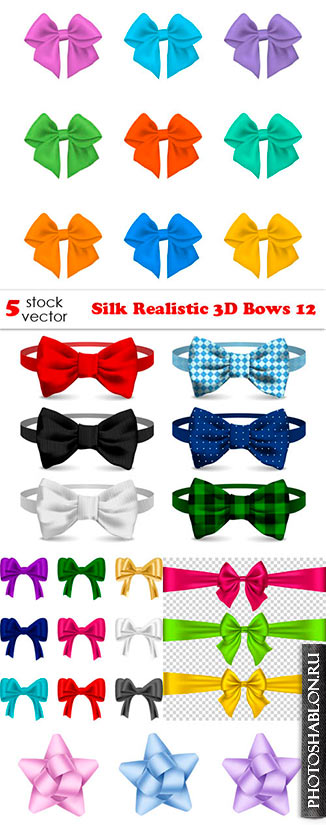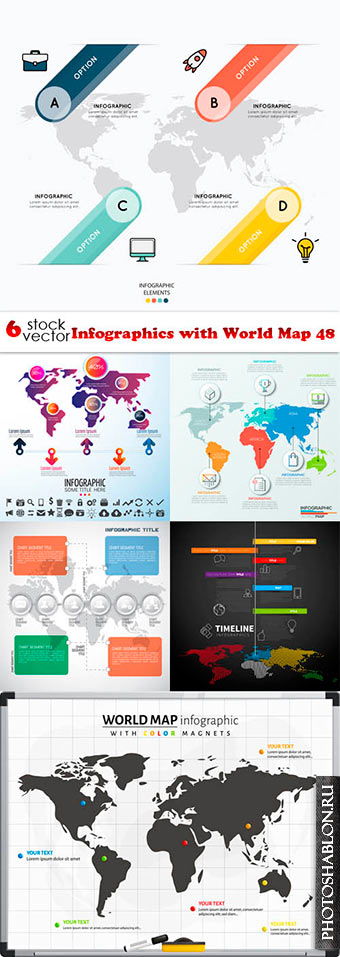
Векторный клипарт - Ornate Vintage Frames 41
5 EPS | +JPEG Preview | 47 Mb
|

Векторный клипарт - Тюльпаны / Vectors - Realistic Tulips Set
4 EPS | +JPEG Preview | 32 Mb
|

Векторный клипарт - Silk Realistic 3D Bows 12
5 EPS | +JPEG Preview | 53 Mb
|

Векторный клипарт - Infographics with World Map 48
6 EPS | +JPEG Preview | 43 Mb
|

Векторный клипарт - Different Coins Set 4
4 EPS | +JPEG Preview | 47 Mb
|

Векторный клипарт - Creative Grunge Backgrounds 11
6 EPS | +JPEG Preview | 73 Mb
|

Векторный клипарт - Ornamental Vintage Corners 35
5 EPS | +JPEG Preview | 21 Mb
|

Векторный клипарт - Silhouettes of Skyline Cityscapes 25
5 EPS | +JPEG Preview | 20 Mb
|

Векторный клипарт - Business Ideas Backgrounds 40
6 EPS | +JPEG Preview | 65 Mb
|

Векторный клипарт - Abstract Mountains Logo 25
5 EPS | +JPEG Preview | 20 Mb
|
|
Векторная графика, в отличие от растровой, строится не на основе сетки пикселей, а на математическом описании геометрических объектов - линий, кривых, многоугольников. Это позволяет векторным изображениям масштабироваться до бесконечности без потери качества, оставаясь четкими и гладкими даже при многократном увеличении. Каждый элемент в векторном изображении - это независимый объект, который можно редактировать отдельно, изменяя его цвет, форму, размер, положение, и т.д. Это делает векторную графику идеальным выбором для создания логотипов, иллюстраций, шрифтов, и других изображений, где важна четкость и масштабируемость.
Одним из ключевых преимуществ векторной графики является её компактность. Поскольку векторные изображения описываются математическими формулами, а не информацией о каждом пикселе, файлы обычно значительно меньше по размеру, чем их растровые аналоги. Это особенно важно для веб-графики и анимации, где размер файла напрямую влияет на скорость загрузки страницы и производительность. Кроме того, векторные файлы легче редактировать и обновлять, поскольку изменение одного объекта не требует повторной обработки всего изображения, как в случае с растровой графикой.












